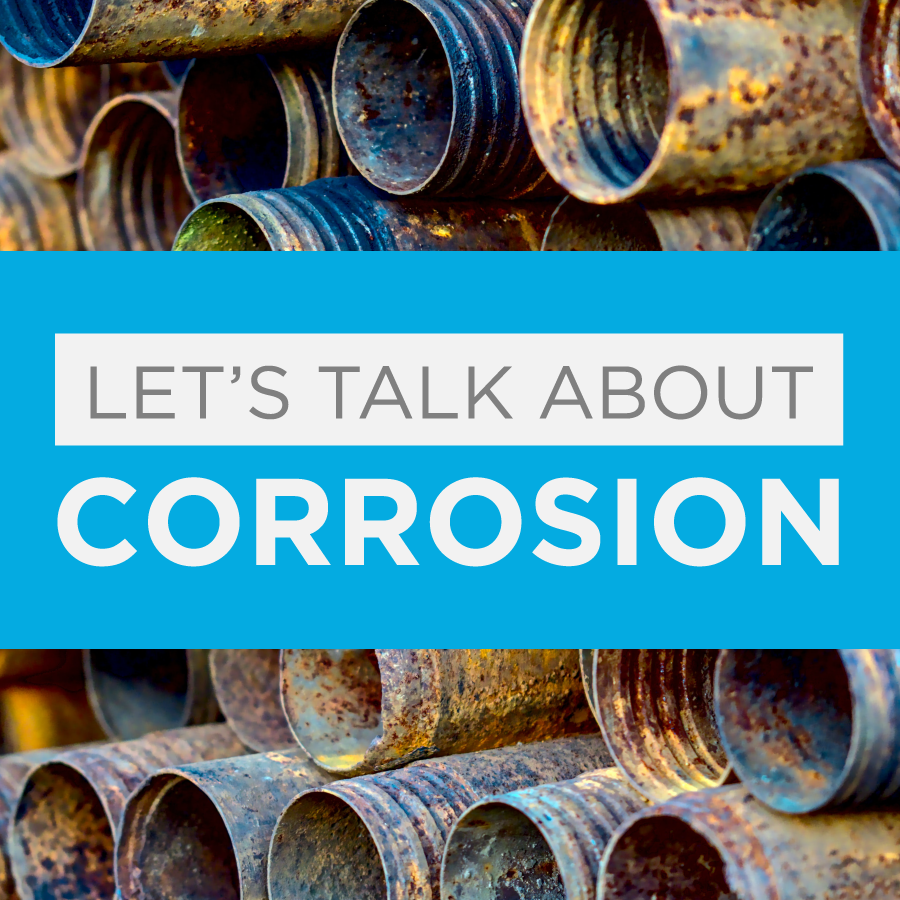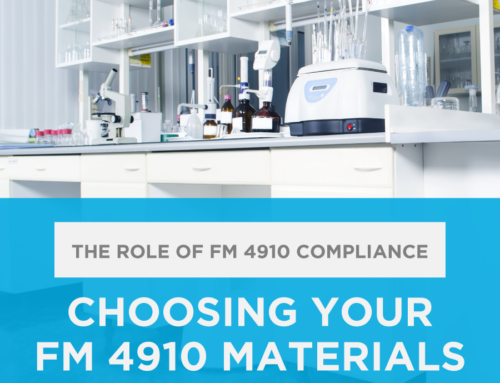What is Corrosion?
When metals are exposed to oxygen and moisture, a natural process called corrosion happens. However, the damage done by corrosion can be costly and even lead to serious safety issues. “The global cost of corrosion is estimated to be $2.5 trillion, which is equivalent to 3.4% of the global Gross Domestic Product (GDP)” (NACE). That’s why it’s important to understand how corrosion happens and how to prevent it. Here we’ll discuss the world of corrosion, exploring its causes, consequences, and potential solutions.
First, let’s talk about what corrosion is. At its core, corrosion is a chemical reaction between a metal and its environment. This reaction can cause the metal to deteriorate and weaken over time. But how many types of corrosion can we find? Well, there are various forms, and each one exhibits distinct characteristics.
One kind of corrosion that we see commonly is called uniform corrosion. As the name suggests, this type of corrosion affects a metal surface uniformly, causing it to become thinner and weaker over time. Uniform corrosion is often caused by exposure to moisture and oxygen, and other environmental factors like salt or chemicals.
Another type of corrosion is called galvanic corrosion. This process occurs when two different types of metal are in contact, creating an electrical current that causes one of the metals to corrode. For example, if a steel bolt is in contact with an aluminum plate, galvanic corrosion can occur, causing the steel bolt to corrode.
Another common type is pitting corrosion. This type of corrosion causes small, localized areas of damage on the metal surface, which can quickly grow into larger pits or holes. Pitting corrosion is often caused by exposure to chloride ions or other aggressive chemicals.
Now that we have covered the most common types of corrosion, let’s dig in deeper about why it is important to prevent it. Safety is the most important factor. For example, if a bridge is corroded, it could collapse, causing harm to people and property. Similarly, if a pipeline is corroded, it could leak hazardous materials into the environment.
In addition to the direct costs of repairing or replacing corroded equipment, there are indirect costs to consider. For example, corrosion can reduce efficiency and productivity and increase downtime and maintenance costs. Also, in some industries, corrosion can result in regulatory fines or legal liabilities.
How Can Corrosion Be Prevented?
First, regular inspections of the equipment, tooling, or facilities are a crucial part of the prevention plan. Remember, safety is first!
Corrosion is a gradual process that occurs over time and can often go unnoticed until significant damage has already been done. Regular inspections can help catch corrosion early on, allowing for timely repairs or replacements and avoiding costly damage or downtime. Also, regular inspections can help identify and address potential safety hazards before they become critical, ensuring a safe work environment for employees.
Now, let’s focus on potential materials that can provide solutions, each with pros and cons. One common approach is to use corrosion-resistant metals or coatings. For example, stainless steel is often used in applications where corrosion is a concern because it is naturally resistant. Similarly, paint or powder coatings can be applied to metal surfaces to provide an extra layer of protection. Another approach is to use dehumidifiers or other environmental control measures that can be used to reduce the amount of moisture in the air.
Now that we have learned more about corrosion and how it is developed, it is time to dive into how we fight it. Fortunately, there are many ways to prevent corrosion, and one of the most effective methods is to use corrosion-resistant materials, such as thermoplastics. These engineered plastics are incredibly versatile and suitable for various applications.

Why Should We Choose Thermoplastics?
Thermoplastics are proven materials to help combat the persistent problem of corrosion. They are very versatile and can be heated, molded, and shaped into many different forms, then be cooled and solidified into a permanent shape. As a result, they are becoming increasingly popular in a wide range of industries because they offer several advantages over traditional metal components.
Thermoplastics are highly corrosion-resistant, making them ideal for harsh chemical environments. Unlike metals, thermoplastics do not corrode, rust, or degrade when exposed to chemicals, water, or other corrosive elements. Their exceptional resistance to corrosion makes them well-suited for applications such as chemical processing, water treatment, and oil and gas production.
When exposed to water or fluid conditions, many thermoplastics have a very low absorption ensuring molded parts maintain consistent mechanical properties and geometry. In addition, thermoplastics provide a stable and durable material option that keeps parts and components working throughout the product’s life.
Thermoplastics resist environmental degradation, such as UV radiation, humidity, and temperature extremes. These factors can cause metals to corrode over time, leading to degradation and failure. This makes thermoplastics ideal for outdoor applications such as pipelines, tanks, ducting systems, and storage facilities.
Finally, thermoplastics are lightweight and easy to install, reducing the cost and complexity of transportation and installation. Traditional metals can be heavy and difficult to transport and construct, requiring specialized equipment and skilled labor. Thermoplastics, on the other hand, can be easily transported and installed using standard equipment and labor, reducing the overall cost and time of the project.
As mentioned before, thermoplastics are a popular choice to battle problems with corrosion. Let’s dig into some of the materials that Vycom offers for projects that require a corrosion-resistant material.
Types of Vycom Corrosion-Resistant Materials
Our Type I PVC is a highly versatile and cost-effective thermoplastic widely used in various industrial applications, from ducts and fittings to electrical and laboratory workstations. Type I PVC is highly resistant to corrosion and can withstand exposure to acids, bases, and other corrosive substances.
Type II PVC is utilized in many applications due to many performance advantages. Aside from its corrosion resistance, Type II PVC has high impact strength ideal for thermoforming and cold rolling applications. In addition, Type II PVC can withstand shock and physical abuse, making it a popular choice for various industrial applications.
Another popular option is Vycom polypropylene (PP) sheet. PP is a highly durable plastic that is commonly used in the automotive, packaging, and medical industries. PP is highly chemical resistant and can withstand exposure to acids, alkalis, and solvents. Additionally, UV additives can be added for outdoor use when exposed to sunlight.
In addition to PVC and PP, our Corzan® CPVC sheet offers outstanding chemical and corrosion resistance, making it an ideal choice for use in some of the harshest environments and industrial applications. Corzan® materials can operate at high temperatures and provide exceptional resistance to burning and flame spread*. Our sheet is also compatible with other Corzan® products such as piping and rod as part of the Lubrizol family of high-performing products.
As you can see, corrosion is a serious problem with significant financial and safety implications. It can lead to safety concerns, equipment failure, downtime, and costly repairs. However, by understanding what causes corrosion and how to prevent it, we can take steps to protect our equipment and avoid costly damage. Using corrosion-resistant materials can help prevent corrosion, with thermoplastics being a primary example.
If you’re looking for a reliable and durable material for your project, consider Vycom. We have the capabilities and technical know-how to provide you with a wide range of high-performance, corrosion, and chemical-resistant materials.





